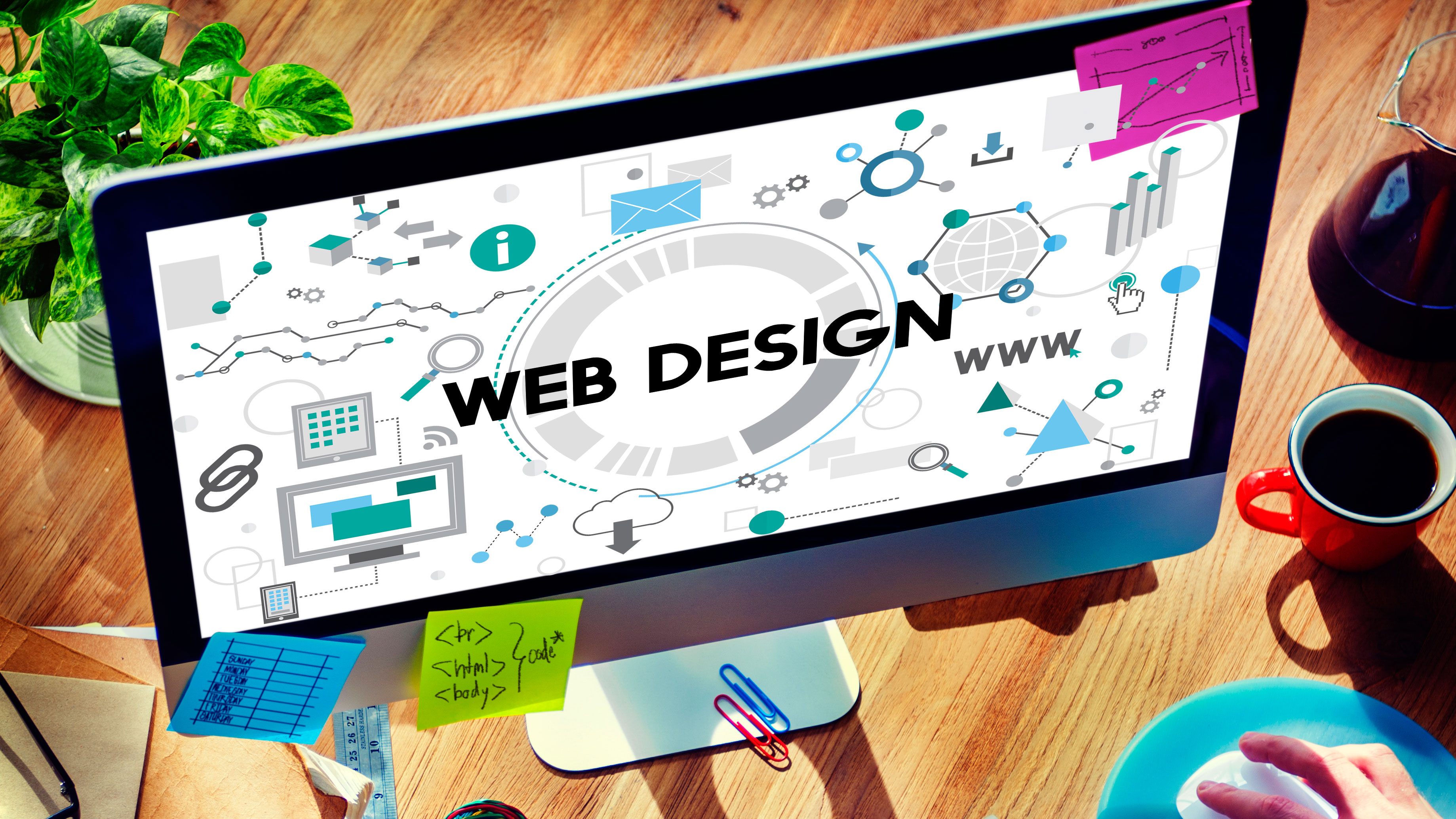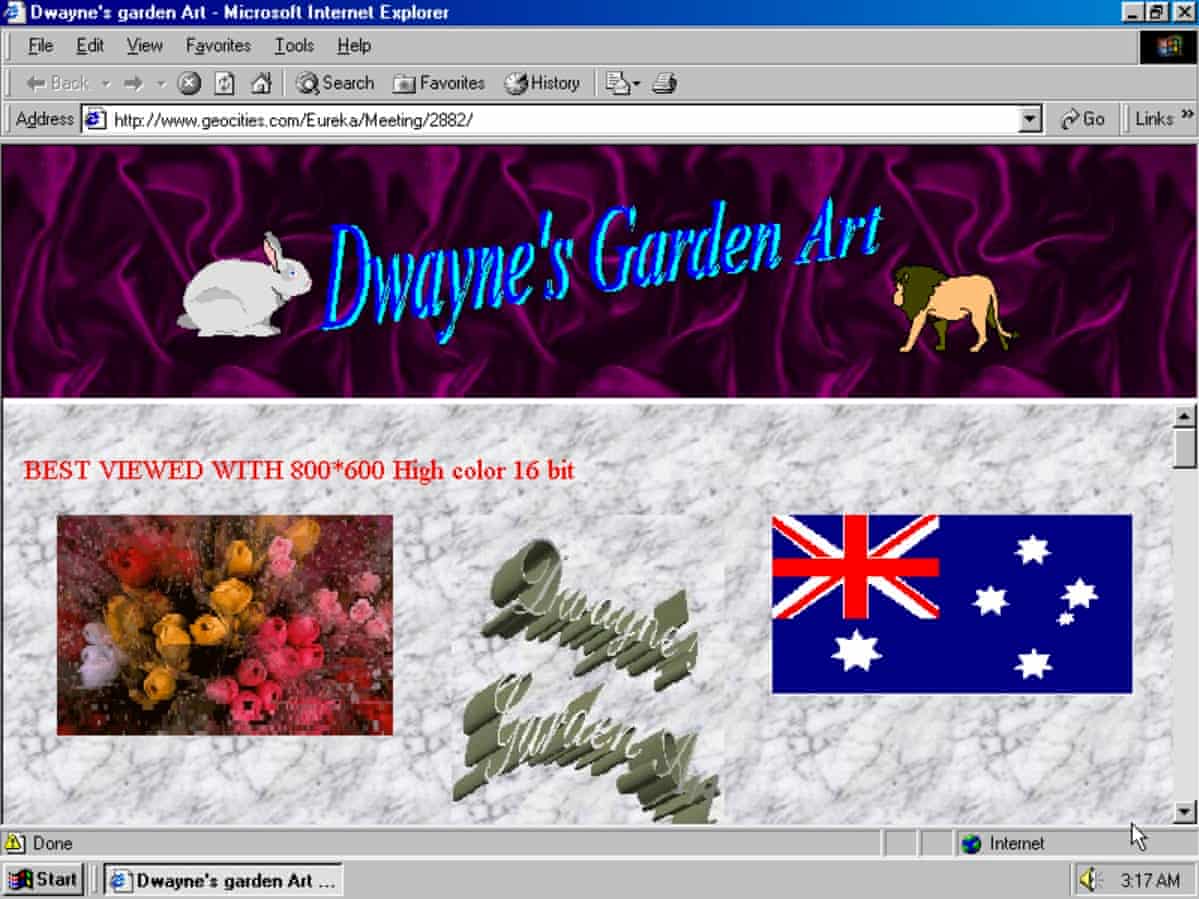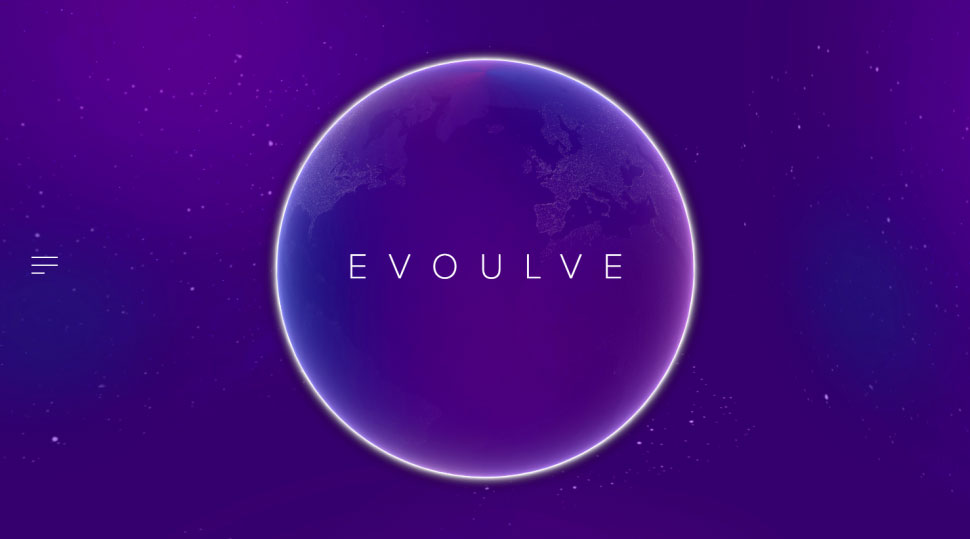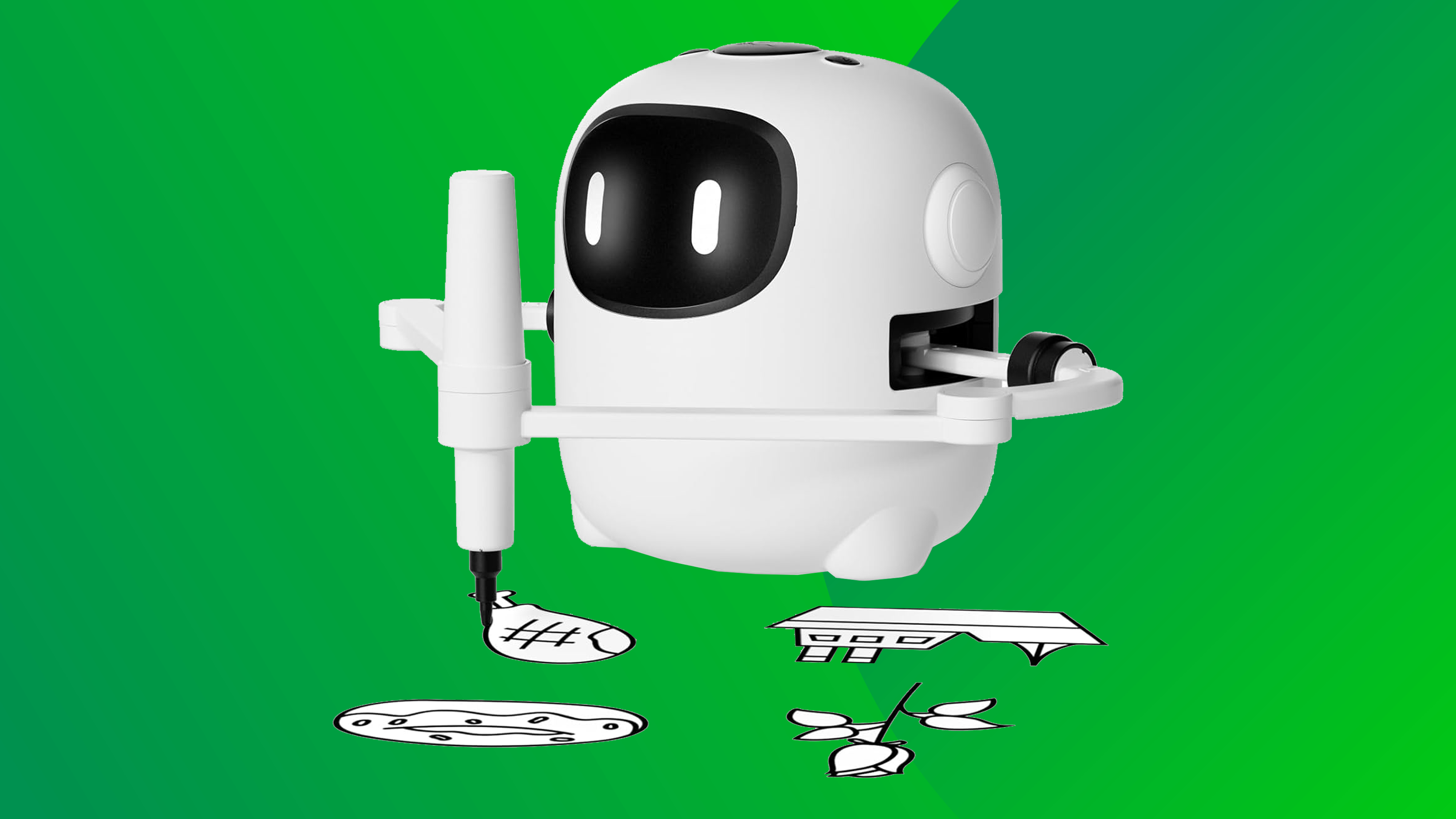The next big thing in web design: 7 trends you need to know

The world of web design doesn't stand still. In an effort to deliver the best user experiences and capitalise on the latest technological advances, web designers are constantly experimenting with new ways to build sites. And if a certain approach proves effective, it makes sense that it spreads like wildfire and becomes a web design trend.
Seasoned web designers will have already seen plenty of industry trends rise and fall over the years, but the trends that succeed become so ingrained that it's easy to forget that they were once the hot new thing.
To give you an idea of what's on the horizon when it comes to web design, trends are therefore a good place to turn. We spoke to industry experts to see what they think the future holds. If you want to start experimenting with their insights, use one of these top website builders, and don't forget to check out our roundup of the best web design tools.
01. Custom visuals
For Emma Bukee, head of design at PS Website Design, the most exciting web development is that it's becoming visually interesting once again.
Now that we're coming out of a minimalist design period, which was ushered in alongside the responsive web design movement, she anticipates that 2020 could see disciplines pushed in new directions.
"So now we’re starting to see the benefits of responsive design being coupled with ever more complex and intricate illustration work, animation and unique design features," she explains. "Nothing makes me happier than seeing custom visuals being used to add value to websites across all devices."
Remember that if you're building a super-complex website, you'll need to choose your web hosting service carefully, and you'll likely need reliable cloud storage to back up your designs.
Daily design news, reviews, how-tos and more, as picked by the editors.
02. Personal sites

With web design becoming more accessible, Redweb's lead front-end developer Matt Northam is excited about the resurgence of personal sites. He puts this down to people starting to appreciate the value of maintaining their own space online.
"Seeing people create unique places to exercise more creativity in their designs, experiment with new techniques and share their thoughts is super-inspiring," he says.
"The variety and freedom you used to find on GeoCities is what got me into web development and rediscovering that diversity is what’s got me excited for the future."
03. AI-enhanced experiences
Websites that use AI to offer experiences based on data from customer use patterns are what onebite's senior developer, Marcela Bohorquez, is looking forward to.
This trend would include being able to more accurately model the journeys users want to take, then make better suggestions to personalise the experience.
"What’s exciting is how you can create these interactions in a way that’s natural," says Bohorquez, who also predicts that this would run alongside browsers that support 3D, animations and illustrations.
"They run in a lighter way and don’t compromise the user experience. They offer new ways to get to know a product or service: you can navigate 3D models, examine their details or follow animated journeys."
04. Human-centric design
For Benoit Soucaret, creative director at LiveArea, the most thrilling part of web design is how technology is making the complex simple. By putting design at the heart of every business, he argues that brands can bring connected products and services to life and redesign a user’s relationship with the connected world.
"Human-centricity is at the heart of everything," says Soucaret. "Design already plays and will continue playing a huge part in developing future-proof strategies that give clients the competitive advantage necessary as they undertake digital transformation."
05. Functional simplicity

"I’m excited by simplicity, one-colour websites and bold typography," says Tess Herrmann, creative director at MongoDB. She goes on to add that simple can be harder than complex and it’s one of the biggest challenges across the industry.
"Huge typography means visitors will remember what was written and are more likely to come back to your platform," Herrmann adds. "One-colour creates a harmonious, visually cohesive look and it’s easy to make it look like various elements go together.
"This isn’t only a visual effect; it’s also functional. Showing how the features of your design are related or how they interact with each other can help users instantly understand the message and purpose of your design."
06. Micro-animations
Redweb's digital motion designer Emily Brennan is interested in how the growing immersion of micro-animations and interactions within web design will unfold.
"They help direct the user and enhance their experience, creating a more fluid journey," she reasons. "The increased use of smooth, natural and more advanced animations visually boosts a site, adding an element of playfulness, without the risk of increased loading times.
"Hover, scroll, tap and swipe animations are all ways to involve users in a website, encourage specific actions and make sites feel more intuitive. Micro-animations and interactions give users instant feedback, guidance and affirmation."
07. Ethical design
"Right now, ethical and responsible design is one of the most exciting areas of our work," says Alex Lee, principal designer at Foolproof.
While they can technically build almost anything they can dream of, Alex and his team often find themselves asking '‘Should we be designing this at all?’
"We need to ask: how are our product design decisions affecting self-perception, acceptance, inclusivity, interpersonal relationships and much more? As web designers, it's time for us to stand up for our ethics and ensure we can look back on our work and be proud of our contribution."
This article was originally published in issue 326 of net, the world's best-selling magazine for web designers and developers. Buy issue 326 or subscribe to net today.
Related articles:

net was a leading magazine for web designers and web developers, which was published between 1994 and 2020. It covered all areas of web development, including UX and UI design, frameworks, coding and much more. Much of its content lives on in Creative Bloq. View the net archive on Creative Bloq.
